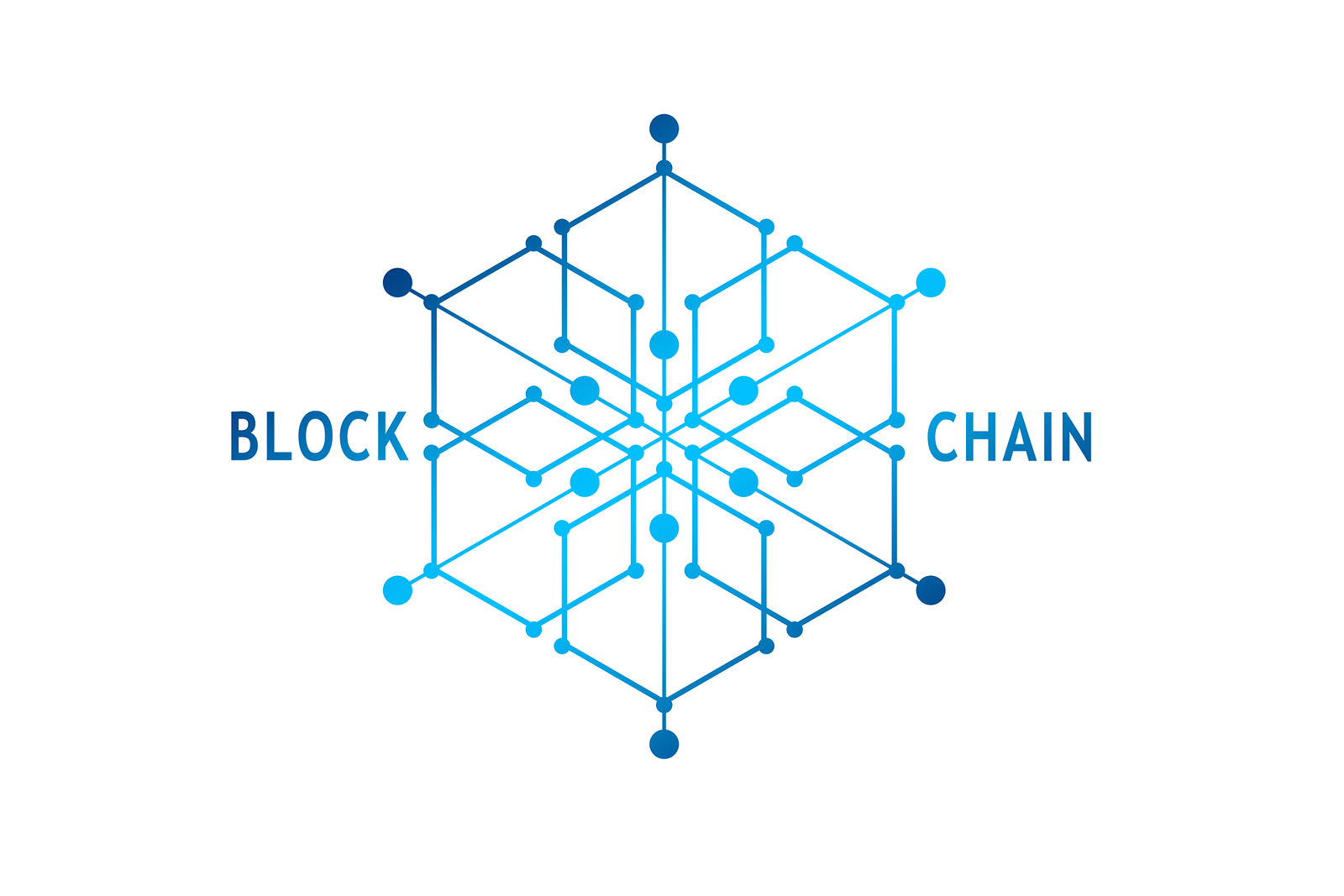Physical Address
304 North Cardinal St.
Dorchester Center, MA 02124
Physical Address
304 North Cardinal St.
Dorchester Center, MA 02124

A blockchain is simply a ledger, with a twist, it is a verifiable and immutable digital ledger. It is a database that, based on whether public or private, can have no central ownership or control, which means that it’s very difficult for hackers to steal data because it is decentralized. The entire blockchain can also be used for other things, like verifying the authenticity of goods and services, managing financial transactions, and more!
The first thing you need to know about the blockchain is that it’s not just one thing; there are many different blockchains out there with different uses. Some blockchains are public while others are private. A key feature of all blockchains is their decentralization: they don’t rely on any single entity to store data – instead, data is stored by everyone using the blockchain!
It is also a trustless system. In a normal centralized system, all the transactions information is managed by a central authority. Think of the places where you store your money: bank, PayPal, credit card company, etc… All of those systems rely on a central authority to manage transactions and provide security. But what if you don’t trust that central authority? Blockchain technology eliminates the need for trust. Instead, the technology itself acts as the ‘central’ authority and allows users to transact directly with each other without needing to rely on any intermediary party.
The CEO of IBM Ginni Rometty, is quoted as saying ” What the internet did for communications, I think blockchain will do for trusted transactions.”
A blockchain-like protocol was proposed by David Chaum, a cryptographer, in 1982. The application of this protocol to a digital currency was attempted by Chaum’s company Digicash in 1990. Several other attempts at creating a digital cash system were made around this time, such as Wei Dai’s b-money and Nick Szabo’s bit gold.

But it wasn’t until 2008 when, (a man or group of people), named Satoshi Nakamoto published a white paper discussing the application of blockchain to a digital currency that it really began to take hold. And in 2009, Nakamoto released this protocol as open-source code and called it Bitcoin.
Blockchain technology is a type of distributed database. This means that it is spread out across many different computers, instead of being stored on one central server.
Due to the growth of blockchain protocol, echo chambers, and buzzwords, many have been confused about the technology. A great analogy when thinking of blockchain technology is with Bounty and paper towels, where the former is a type of the latter. Blockchain is a type of distributed ledger, therefore, merely a subset of them.
Distributed ledger technology (DLT), may sound exactly how you might envision blockchain technology. A DLT, on the other hand, is decentralized to eliminate the need for a central authority or middleman to handle, verify, or authenticate transactions. Blockchain is, in reality, a chain of blocks. However, distributed ledgers do not need such a chain. They also offer – at least theoretically – improved scaling possibilities without the requirement for proof of work. The key takeaway is every blockchain network is a distributed ledger but not all DLTs are blockchain networks. The use of blockchain technology, such as Ethereum blockchain, as an example, is likely to be adopted more widely in the next few years. A lot of large companies, including IBM and Walmart, are already using it to track supply chains.
The debut of Bitcoin in 2008 is probably the first milestone in the history of DLT. Since then, several other distributed ledger platforms have been created.
Here is a list of the types of DLT technology –
In 2021, global spending on blockchain solutions is projected to reach 6.6 billion dollars. Forecasts suggest that spending on blockchain solutions will continue to grow in the coming years, reaching almost 19 billion U.S. dollars by 2024.
With all the promising functionalities of blockchain technology and DLTs, one question remains: could blockchain be the solution for some of the technical problems we face today?
Blockchain technology is most commonly known for being the technology behind Bitcoin and other cryptocurrencies. But it can be used for so much more than that!
The use of a blockchain platform can be public or private. A public blockchain network (Bitcoin, Ethereum) is open to any person that wants to read or write data. A private blockchain network restricts the ability to read and write on the network and is often used for sensitive data.
Examples of permission-based blockchain platforms are – R3 Corda, Hyperledger Fabric, and Quorum.
They are not open systems, they are run by a limited number of invitees. A company or organization may want to use blockchain technology but if their servers are not configured to use it, they have no choice but to set up their own blockchain with a limited number of servers.
This type of network is open to anyone. Bitcoin, Ethereum, and Litecoin is an example of this peer-to-peer network.
Blockchain companies will, in the future, focus more on expanding beyond the financial sector. The industry is ripe with use cases to expand the utility of blockchain technology into non-financial areas
Every blockchain starts with a genesis block. This is the first block in the blockchain and it contains information about the block that came before it as well as a timestamp and a public key. The public key is used to encrypt data that is added to the blockchain.
Here are the core components of blockchain technology:

New Blocks are added to the blockchain in chronological order, with each new block containing a hash of the previous block. A hash is a long record that contains some digits and letters, much like a fingerprint. Each block’s hash is generated using a mathematical hash algorithm. This algorithm must produce a hash that is smaller than a certain value in order to be considered valid. This prevents blocks from having the same hash and ensures that the blockchain is kept in chronological order. An example of this would be using the SHA-256 hash algorithm, which produces hashes that are 256 bits long.
It is easy to make a hash, but it is nearly impossible to find what data was used to generate the hash. This ensures that it is almost impossible to fake a blockchain and instead, all information must be validated by the network of nodes before it becomes part of the blockchain.
If you wanted to change one unit of data in a specific block on the blockchain, all of the blocks after that would also have to be changed. This makes it almost impossible to change any data in the blockchain.
The data stored inside each block is dependent on the kind of blockchain. For example, the block in the bitcoin blockchain architecture keeps track of the receiver, sender, and quantity of bitcoins. Other blockchain projects can store images, videos, and even code.
Blockchain eliminates trust between actors to facilitate transactions since it is a decentralized network as mentioned previously. Instead, the technology provides a verifiable and tamper-proof record that can reduce fraud, increase transparency, and ultimately make transactions more secure.
It’s crucial to grasp the distinction between public and private blockchains in order to comprehend the inherent security hazards surrounding blockchain technology. In a decentralized system, like the one that underpins the Bitcoin blockchain, anyone can participate. The method by which a network of nodes validates the record of previously verified transactions and new transactions is known as a consensus mechanism or more widely known, consensus protocol.
Because of the decentralization and relative openness, there have been some unexpected consequences. Because anybody can read and write transactions, bitcoin mining has fueled illicit trade. Because the consensus method consumes a lot of energy, most users operate in nations with cheap electricity, like China. This has led to the emergence of vast mining farms that do not necessarily represent the typical user.
This has led to several challenges with blockchain concepts like the Bitcoin network, including power centralization and potential susceptibility to a 51% attack. The 51% attack is the possibility that an individual or group of individuals has enough computational power to override the rules of consensus and create false transactions.
This is why other parties are interested in permission-based blockchains. A permissioned blockchain limits who can contribute to writing new blocks while also limiting users’ ability to read transaction data on the network, making it more secure.
A permissioned blockchain is typically used in a closed or semi-closed environment while still operating similarly to the public blockchain because users still need to reach consensus and write transactions on the ledger. But, because all users and actors must be approved and verified, permissions can be granted and revoked based on trust levels within the network.
Overall, it is still very early in the blockchain revolution. Although there are several challenges with blockchain technologies, developers have already created solutions that could transform civilization as we know it today.
Blockchain is a groundbreaking technology that is shaking up industries around the world. It has the potential to revolutionize many industries, including finance, digital currencies, and supply chain management. The blockchain is a public ledger that can be accessed by anyone, which makes it perfect for verifying the authenticity of goods and services. Have you ever wondered how we can trust that the diamond ring we are buying online is real? Or whether the chicken we’re eating at our favorite restaurant was ethically raised? Blockchain technology could be used to verify the origin of products and ensure that they meet certain ethical standards.
We cannot put the genie back in the bottle and it is important for people to understand the technology so they can implement it in the most efficient way possible.
Are you excited about the possibilities of blockchain technology? Let me know in the comments!
Yes, governments around the world are exploring the use of blockchain technology for various applications.
Blockchain could be used for payments, smart contracts, and data management and storage.
Blockchain is a distributed digital ledger that records transactions securely and immutably.
Some of the potential disadvantages of blockchain include scalability, energy consumption, and cost.